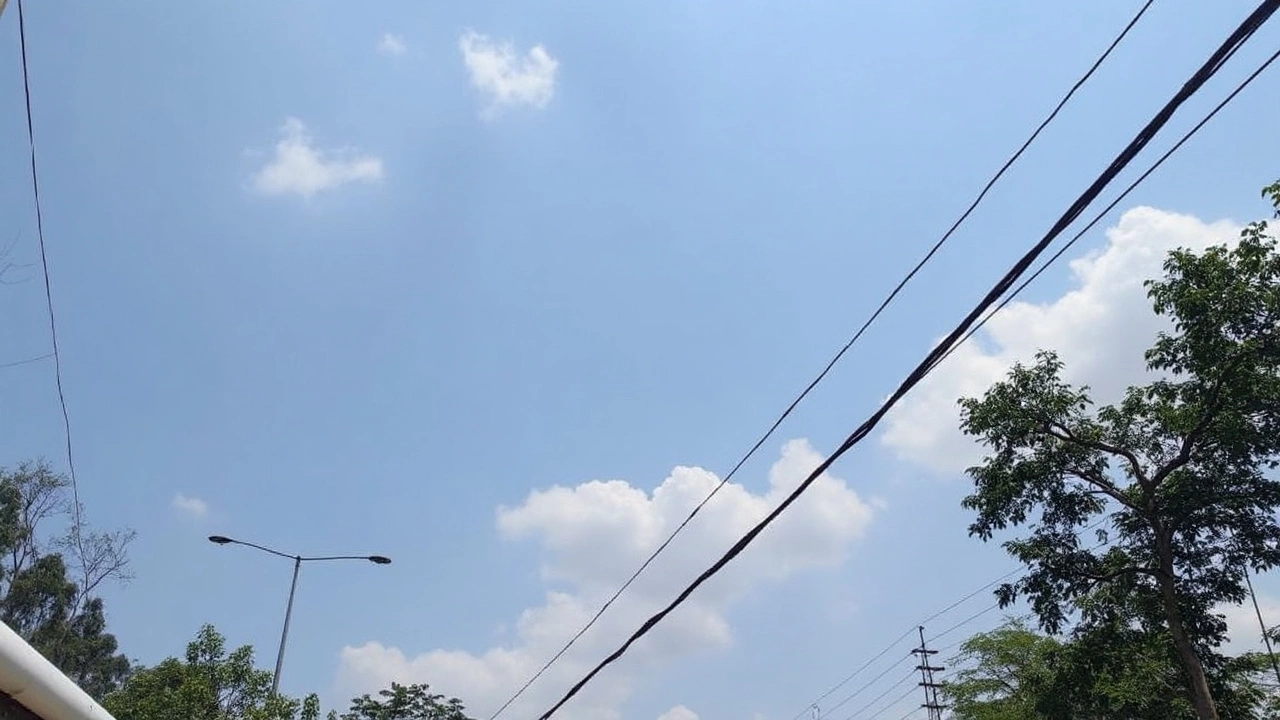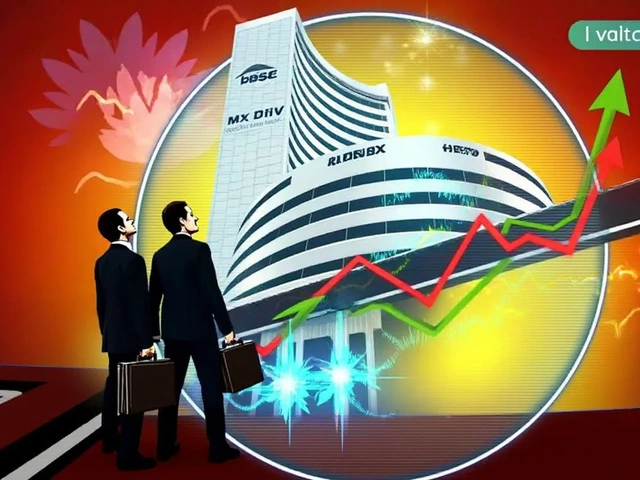What Is a Cyclonic System and Why It Matters
When you hear the word “cyclone” you might imagine a huge storm swirling over the ocean. In reality, a cyclonic system is just a rotating mass of air that forms when warm, moist air rises and meets cooler air. This rotation can be weak, like the breezy lows that bring a mild shower, or strong enough to cause heavy rain, strong winds, and even flooding. In India, most cyclonic systems are tied to the monsoon and the Western Disturbance that moves across the country each year.
How a Cyclonic System Forms Over India
During the monsoon months, the Bay of Bengal and the Arabian Sea heat up. The warm water makes the air above it light and eager to rise. As that air lifts, it pulls in cooler air from nearby regions, creating a spin. The Indian Meteorological Department (IMD) monitors these spins closely because they can turn into rain‑bearing depressions or full‑blown cyclones. A typical pattern is a low‑pressure area that sits over the Bay of Bengal, pulls moisture inland, and drops heavy showers over Delhi, Uttar Pradesh, and Bihar.
Sometimes a Western Disturbance—a fast‑moving band of cold air from the Mediterranean—collides with this moist monsoon flow. The clash intensifies the spin, leading to a stronger cyclonic system. That’s why you see orange alerts in places like Delhi‑NCR when a “cyclonic circulation” is mentioned in the forecast.
What the Alerts Mean for You
IMD uses colour‑coded alerts to tell you how serious the weather could get. An orange alert means heavy rain and gusty winds are likely, while a red alert signals very dangerous conditions that could cause flash floods or landslides. If a cyclonic system is behind the alert, expect sudden downpours in the afternoon, water‑logging on low‑lying roads, and traffic snarls. It’s a good idea to keep an umbrella, wear waterproof shoes, and plan extra travel time.
When the alert mentions a “cyclonic circulation,” it usually means the system is still developing. You’ll get updates every few hours, and the IMD will advise whether the rain will stay light or become intense. Staying tuned to local news or the IMD app is the fastest way to know when to head home early or postpone outdoor plans.
For commuters in Delhi, an orange alert often means the city’s drainage system will be under pressure. The recent reports of rain on September 1 and heavy showers on August 30 showed how quickly water can build up in streets, leading to traffic delays of 30‑45 minutes. If you’re driving, stick to main roads and avoid known flood‑prone spots.
Farmers also watch cyclonic systems closely. A well‑timed system can bring the much‑needed rain for crops, but too much can ruin fields. That’s why the IMD’s forecast includes both rainfall amounts and the expected wind speed, helping growers decide whether to protect their seedlings.
In short, a cyclonic system is a natural part of India’s monsoon rhythm. It brings both relief and risk, depending on its strength and path. By understanding what the term means and staying alert to IMD warnings, you can keep yourself safe and make smarter plans when the weather turns wild.
India Faces Cyclonic Threat and Extreme Weather: Widespread Alerts as Monsoon Intensifies
A cyclonic system in the Bay of Bengal brings heavy rain to Eastern India, Kerala faces red alerts for landslides, and North Indian states see storms and orange warnings. Authorities are preparing for severe weather impacts amid rising COVID-19 cases.





